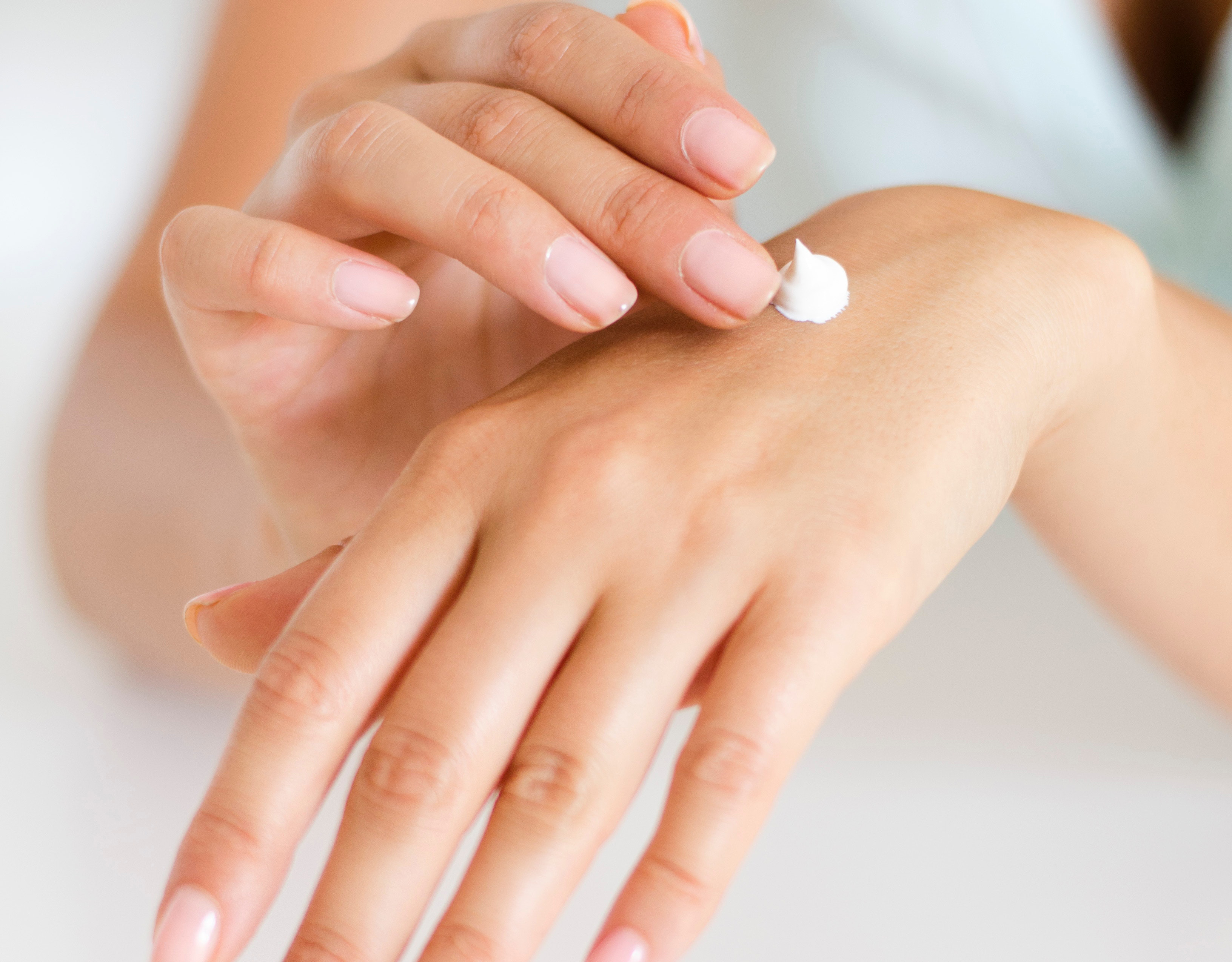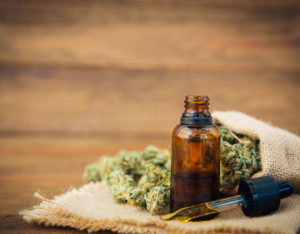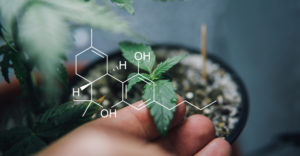CBD can be received into the body by many different forms. Sprays, vaping, balms, supplements, and skin care products are all categories that have begun to include CBD. The list of ways to use CBD is long and will only continue to grow as CBD continues to gain popularity.
Consider the following when deciding which CBD application is best suited for your needs:
- Lifestyle – Do you travel and require a form that is easy to take with you, such as pills or capsules?
- Condition – Certain applications are better for specific conditions. For example, if you’re looking for pain relief you may want to consider a topical that is applied directly on to the pain point.
- Onset time – If you are looking for quick relief you may want to consider using a vape or a topical, as some application forms can take 20 to 30 minutes to deliver results.
Continue reading to learn more about the different CBD application methods.
Oils and Tinctures
Tinctures generally come in a glass bottle with a dropper. They have a relatively quick onset time and higher bioavailability than edibles. For this reason, oils and tinctures can be a better choice if you’re looking for fast-acting relief from sudden symptoms of anxiety, for example. Keep in mind that a bottle of oil won’t travel as well as other forms.
Oil Capsules
Convenient for travel, oil capsules are a popular form of CBD. Capsules are made with gelatin, which melts within minutes in your stomach and delivers the entire amount of CBD oil. Depending on whether you take it with food, the amount of CBD making its way through the rest of your digestive system might be reduced. Another downside of capsules is that they have a longer onset time.
Topicals
CBD-infused topicals include skin creams, balms, salves and oils. These products can be infused with pure CBD, or they can contain a full-spectrum CBD oil, which contains other potentially beneficial cannabinoids and terpenes. Topicals often have a variety of additional ingredients meant to contribute to the overall therapeutic effects. For example, skin creams might contain moisturizers, vitamin E, collagen and so on. Pain creams may contain ingredients meant to help the product penetrate deeper into tissues and aid pain relief. Salves may contain other soothing and healing ingredients such as aloe.
Topicals are great for use on a particular area of skin or underlying muscles and joints. Topicals allow for the CBD and other beneficial ingredients directly onto the needed area. Anecdotal reports suggest that CBD-infused topicals can provide antioxidant and anti-inflammatory properties that can protect and heal skin from damage. Hemp-derived CBD oils often contain vitamins, minerals and amino acids, which are produced naturally along with the oil and can help nourish the skin.
Inhalation
There are two devices used to prepare CBD for inhalation: vaporizers and nebulizers. Vaporizers essentially heat a CBD oil to a temperature where it evaporates into a gas. Vaporizers, also known as vape pens, are popular and easy to find. Nebulizers simply convert a solution containing CBD into a mist or cloud. The faster onset time and higher bioavailability are obvious benefits of inhalation methods.
A potential downside of vaporizers is that some ingredients are believed to be harmful when vaporized. For example, many vape oil solutions contain a petroleum-based chemical known as polyethylene glycol (PEG)—the same chemical used for coolant and antifreeze in car radiators. Although this product has been approved by the FDA for use in foods, some studies suggest that vaporized PEG can be harmful to the lungs.
Knowing Your Ideal CBD Serving
Although its uses are widespread, CBD is not a one-size-fits all solution. Whether you are a first-timer or more experienced, understanding CBD and its potential benefits can be intimidating and should always involve conversations with your doctor. When it comes to taking too much CBD, current research finds no extreme adverse reactions, however you may experience gastrointestinal discomfort, dizziness or headaches. If you should experience any of these symptoms, discontinue taking CBD and consult your physician.
Like many natural wellness products, the ideal CBD serving size will vary from person to person and includes a variety of factors, including body weight, individual body chemistry, desired results and the bioavailability of the CBD product you’re using. There is no official serving size, so expect a trial-and-error period as you determine the right amount for you.
The average consumer looking to incorporate the benefits of CBD into their wellness program can begin with 10 to 40mg of CBD per day. Users report improvements in sleeping patterns and mental clarity, as well as relief from chronic pain and inflammation. Of course, it’s always recommended to speak with your physician about both the products that are right for you and also to create a unique use plan to follow under his or her guidance. Working with your doctor will help you better understand CBD in general, the delivery system you are considering and how the CBD product will work with your body and existing wellness plan.
To begin, start low and then adjust the dosage according to your personal physical response and comfort level. If you are apprehensive or have an existing medical condition, consult your medical professional about the appropriate serving for you. Slow and steady is the key to introducing any new supplement. Start slowly and be consistent with your use—consuming CBD at the same time every day for 10 days helps determine how your body will respond. Then you can adjust your dosage accordingly. As with all supplements, always make sure your physician or health care professional is aware of your CBD serving—particularly if you are taking prescription pharmaceuticals.




